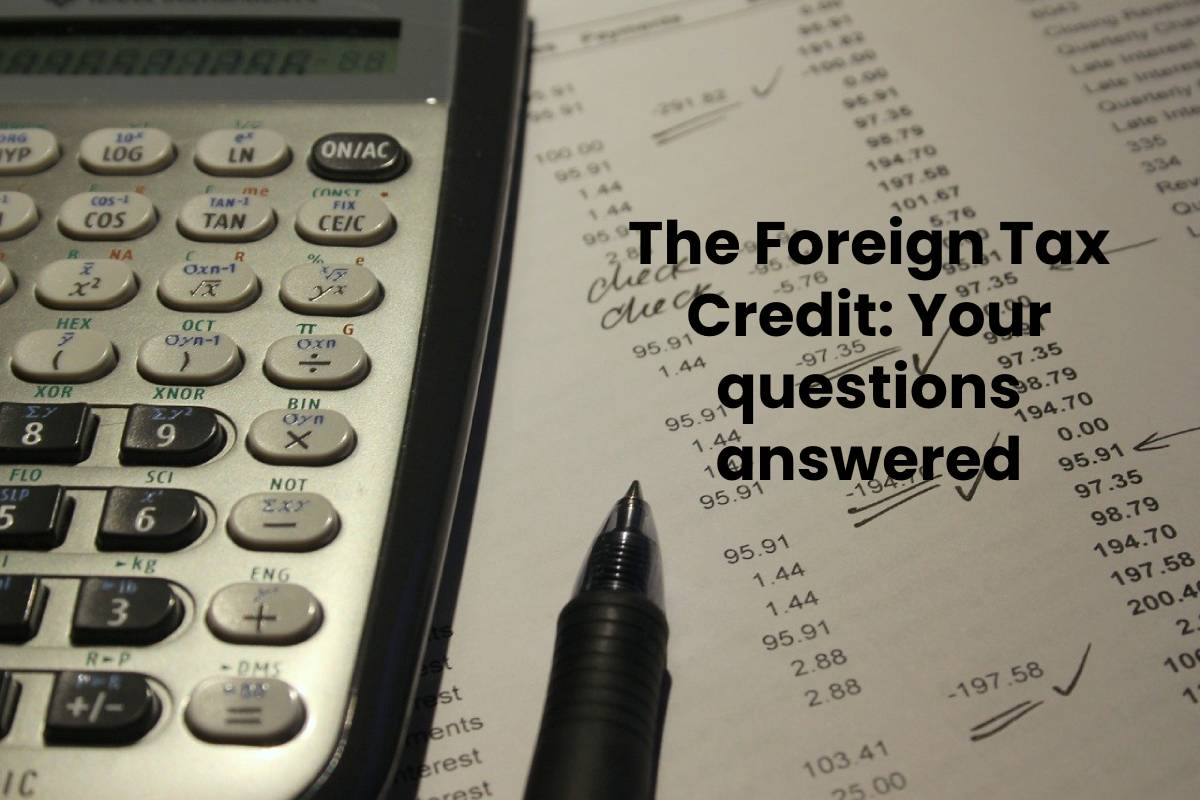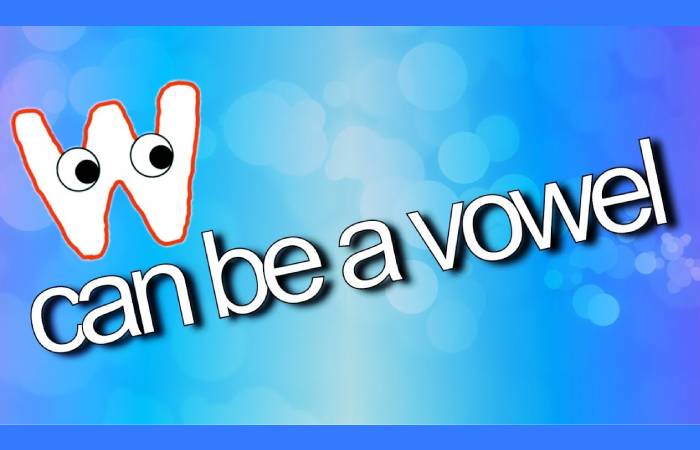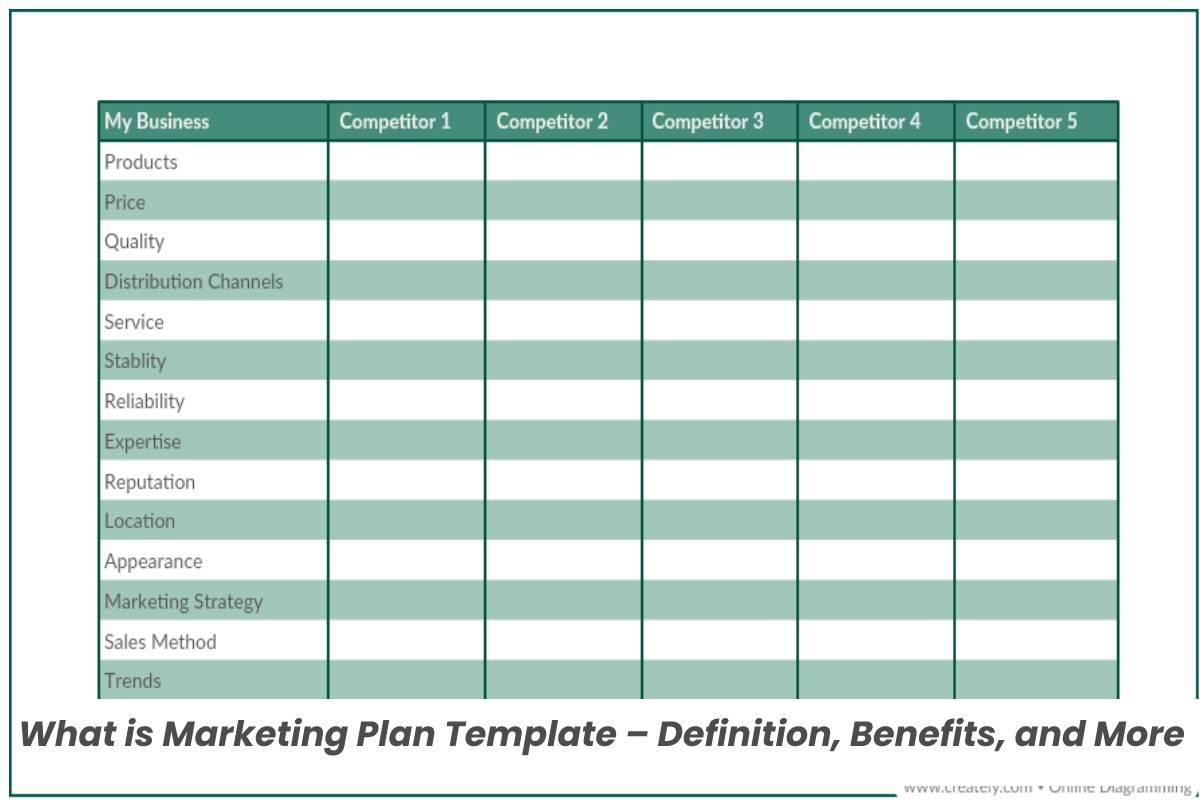When you hear the phrase “Foreign Tax Credit,” what goes through your head? Are you curious about what it offers your family, anxious over absolutely any phrase that contains the word “tax” or confused over how this tax credit will impact your personal finances and your overall U.S. tax liability?
Actually, you should be feeling none of these emotions. Instead, if you are an American permanently living overseas, you should be excited by the prospect of reducing your overall tax liability to the United States. The Foreign Tax Credit is just one way the Internal Revenue Service (IRS) recognizes that you are required to pay taxes in your new country of residence and it balances your tax responsibilities out by reducing your tax liabilities to Uncle Sam. Let’s explore the issue of the Foreign Tax Credit further:
Table of Contents
Q: What exactly is the Foreign Tax Credit?
A: All U.S. citizens, whether they live in the states or on a deserted island overseas, are required to complete annual tax forms to report their worldwide income. The [Foreign Tax Credit] recognizes that you have already had legally required foreign taxes taken from your paycheck (or paid at the end of the year), so it gives you U.S. tax credits for doing so. This, in turn, reduces your tax liability to the United States. In fact, the vast majority of those living outside the country will not owe any taxes thanks to the Foreign Tax Credit, because foreign tax rates are often higher than U.S. rates.
Q: How does the Foreign Tax Credit work?
A: Not all taxes qualify under the Foreign Tax Credit. According to the IRS, the tax must meet these four qualifications:
- The tax was imposed on you and you had no choice but to pay the foreign tax
- You actually paid or accrued the tax. Married couples, for example, can’t have paid the taxes on their combined income, but then each claim the same joint taxes separately on their U.S. tax returns. Instead, each partner can only claim their portion of the joint income that was taxed overseas
- The tax is the only legal and actual foreign tax liability you paid or accrued during the year. Because of refunds by the foreign country, this may not be the amount of tax actually withheld
- Taxes were an income tax or its equivalent. According to the IRS, this generally includes income, war profits and excess profits taxes as well as foreign taxes on wages, dividends, interest and royalties
Q: How do I claim the Foreign Tax Credit on my tax return?
A: To claim the [Foreign Tax Credit], individuals, estates or trusts complete and return Form 1116 on your federal tax return. Remember, in order to claim the [Foreign Tax Credit], you must have paid or accrued specific foreign taxes to a foreign country or U.S. possession. Corporations can also qualify for the [Foreign Tax Credit]. In order to do so, company leaders need to file Form 1118.












